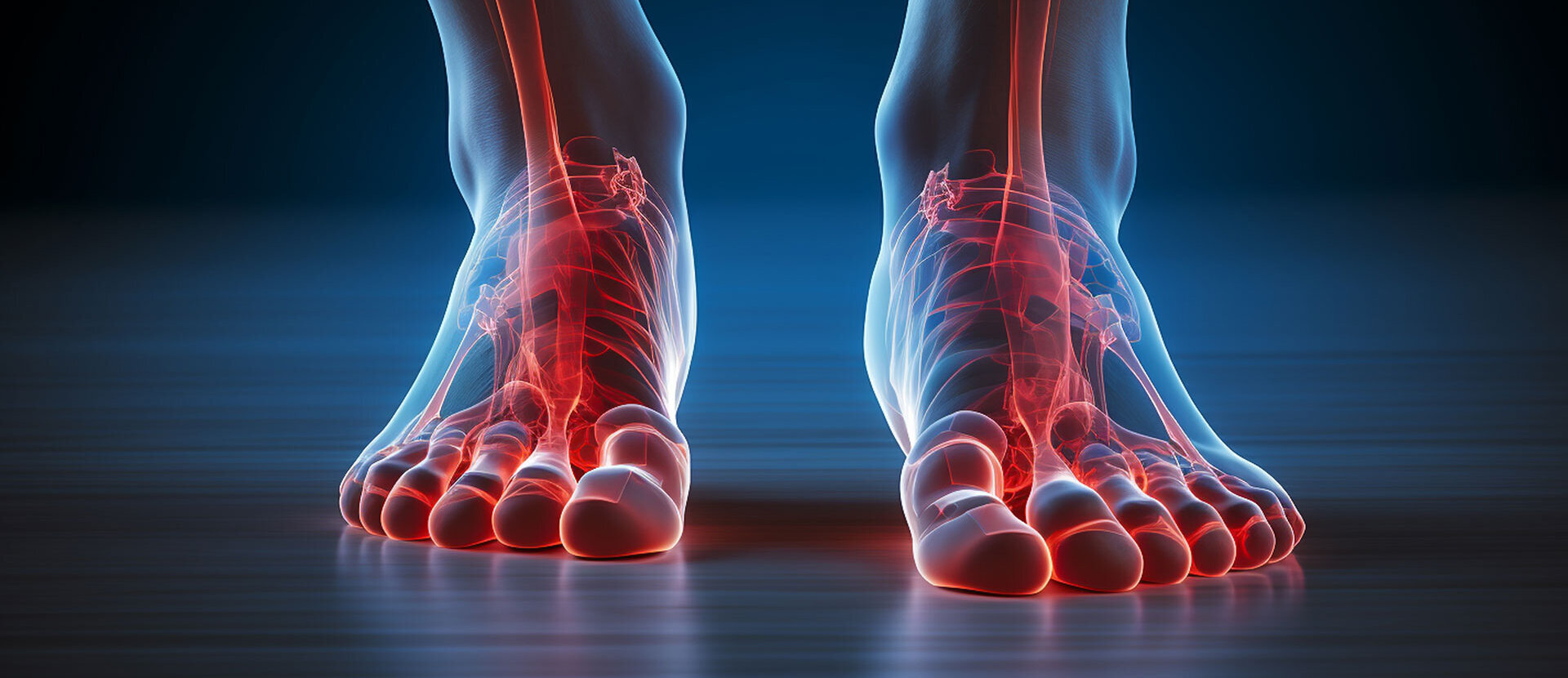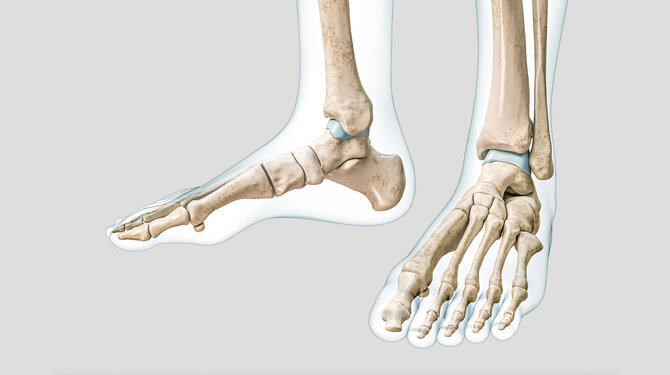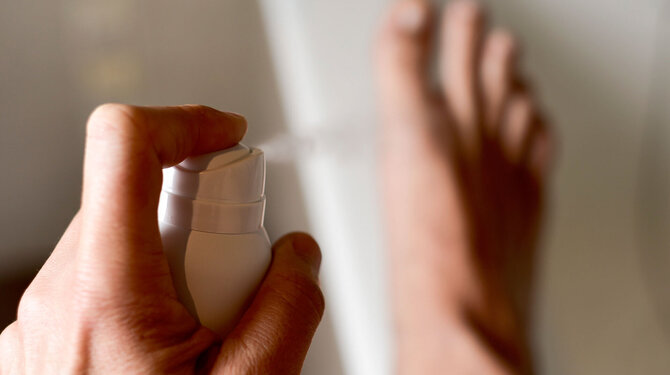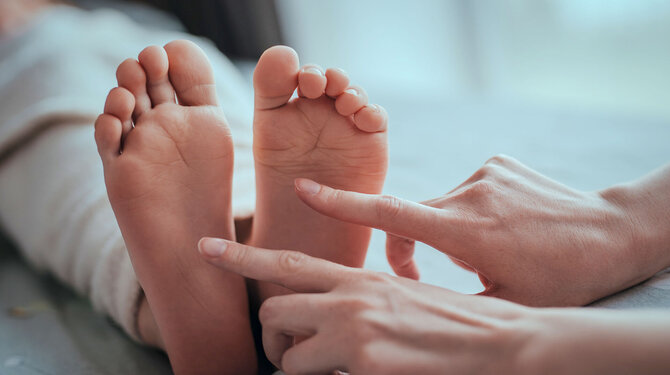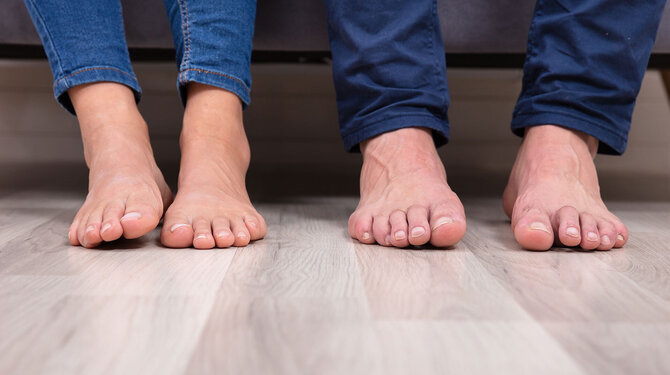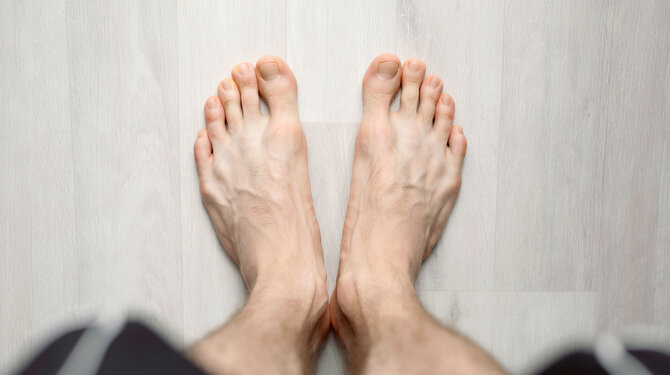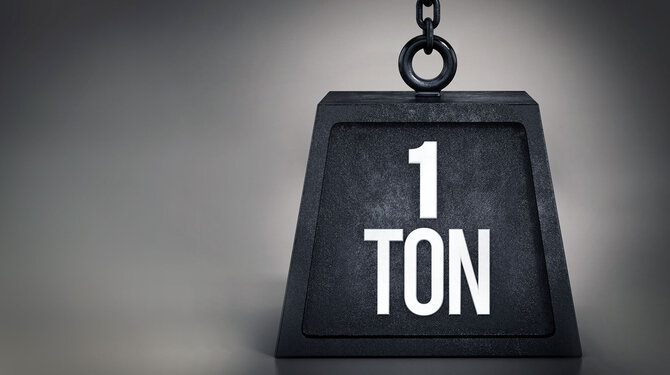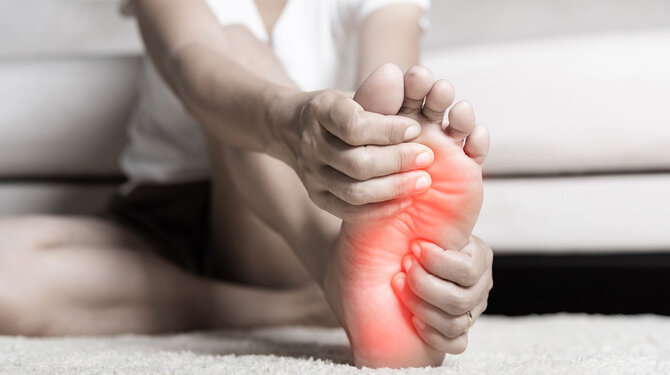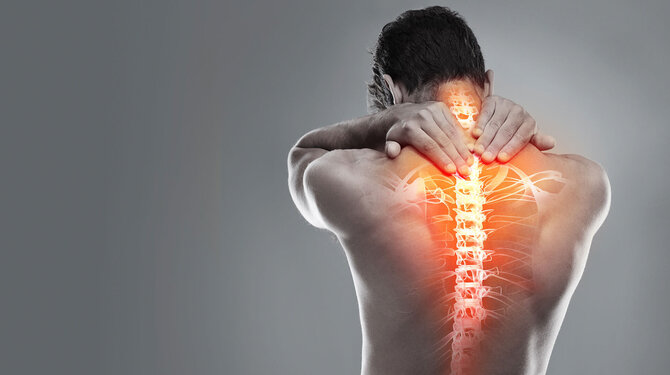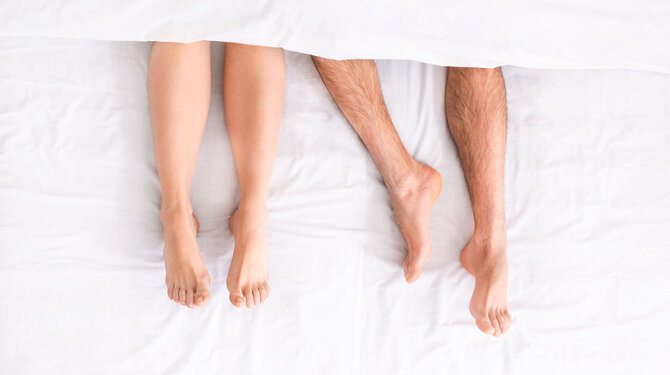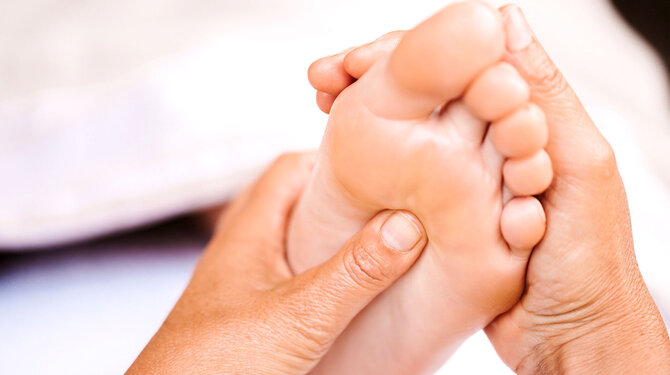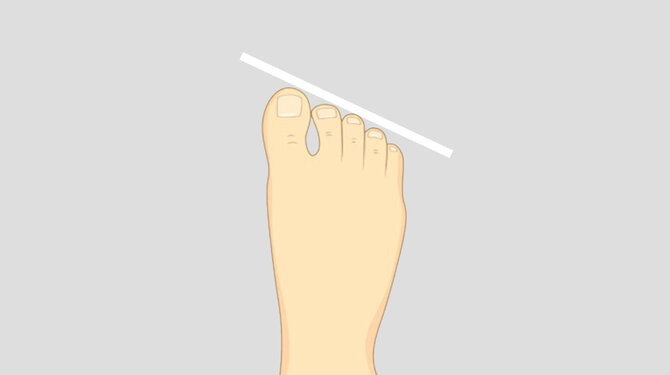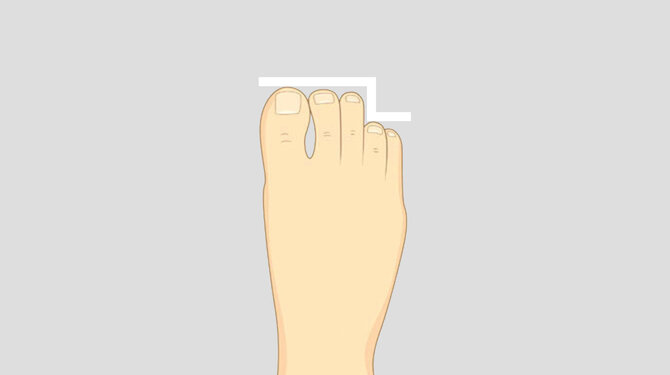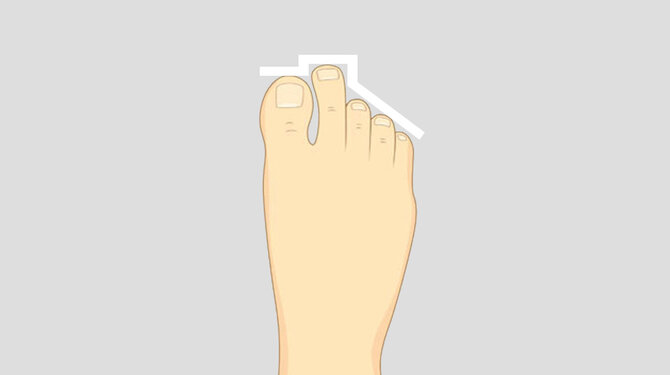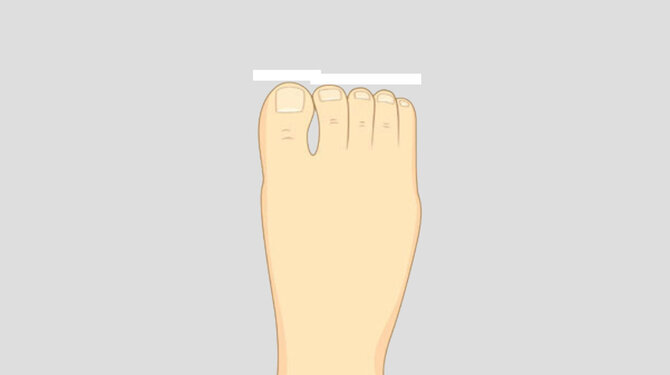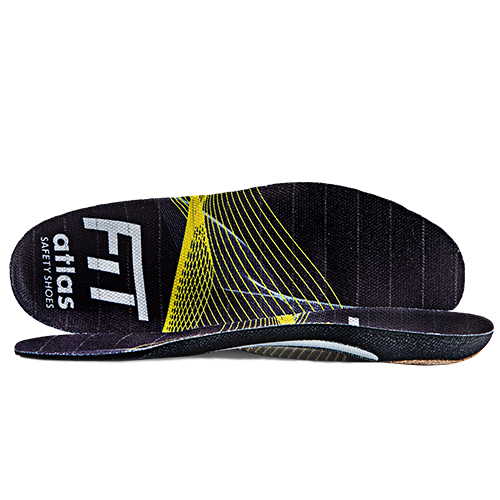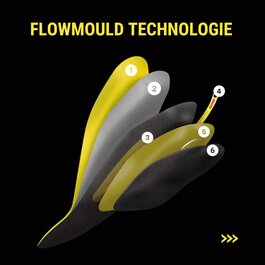From toe to heel: The fascinating anatomy of the foot
When we get to know someone new, their feet are probably one of the things we pay the least attention to. The construction of a human skeleton, however, is a different matter: Just under a quarter of the 206 bones that make up our body are found in our feet. There are 26 bones per foot, plus 33 joints, 20 muscles and 114 ligaments. This makes the feet one of the most complex parts of the body, together with the hands. The structure of the foot is very similar to that of the hand. From a purely anatomical point of view, we could control each toe and each finger individually and use them to grasp things. However, in the course of evolution and with the straightening up of the body, the feet have adapted to their new function: The grasping function has become the support function that promotes upright walking.
10 facts on the subject of the foot
The foot is divided into three sections: the tarsus, the metatarsus and the toes. The tarsus connects the metatarsus to the lower leg and consists of seven bones, including the talus and the calcaneus. The metatarsus consists of five palpable metatarsal bones that are connected to the big toe. The toes, in turn, consist of tubular bones with two to three phalanges and are similar to the fingers, but less mobile. Many people believe that the toes, as individual phalanges, perform the function of maintaining balance. However, a bone plate would also be sufficient for this. In fact, the toes are highly mobile so that they can push off when walking, which strengthens the foot muscles. If we do not allow the toes to do this – for example, because the foot is in a stiff shoe for most of the day – the muscles become weaker, the arch of the foot flattens and a malposition may develop. To avoid this, people should regularly walk barefoot or actively do foot gymnastics.
Around the world on foot – Common foot shapes
In general, a distinction is made between three different foot shapes, measured in terms of toe length and geometry. The names of the foot shapes are Egyptian, Roman and Greek. In fact, the names are to be understood as a reference to the countries or cultures, in which the respective foot shapes were most frequently depicted in art.
WALK BETTER WITH THE FIT INSOLE
Every foot is different. How is a single insole supposed to optimally fit thousands of foot sizes and shapes? The answer is provided by ATLAS: With the aid of flowmould technology, the FIT INSOLE can be individually tailored to the unique arch of your foot.
LEARN MORE ➔
